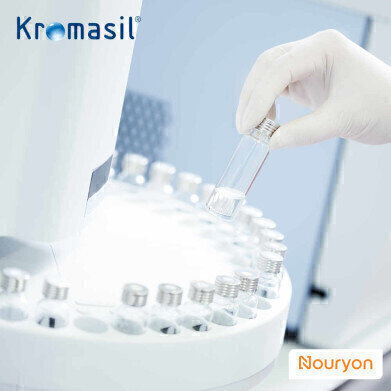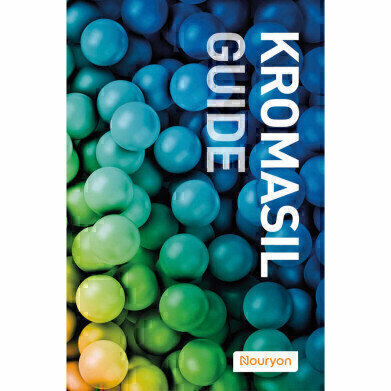IT Solutions
Approach for separating target compound from impurities
Nov 07 2018
Preparative chromatography is run to: isolate or purify a substance from a mixture for subsequent studies, such as product and impurity characterisation, using mass spectrometry (MS) or Raman spectra (NMR), supply material for Phase I, II and III studies in the pharmaceutical industry, and for large scale manufacture of drugs or APIs. Contrary to analytical chromatography where the eluent is discarded, when purifying from a mixture, the eluent is no longer waste because it contains the chemical of interest. Therefore there is a need for fraction collection.
The scale of the experiment depends on the amount of substance to isolate. It is therefore possible to carry out preparative chromatography in any column size, depending on need. With the loading capabilities of Kromasil stationary phases, it is possible to purify material in a 4.6 mm ID column for substance characterisation as well as in large production facilities using for example a 80 cm diameter column for the production of medicines. Method development becomes a significant activity in the purification and commercialisation of given substances and there is a need to optimise factors such as loadability, purity and yield.
Traditionally, choose a few analytical columns packed with preparative stationary phase material for method development. In this initial step, it is very important to choose analytical columns from a vendor that can provide the stationary phase in large quantities, defined by the scale of the project. Switching vendor during a scale-up process is not recommended since stationary phase properties can vary considerably and therefore selectivity and resolution between critical peaks can be a challenge.
Carry out method development by screening the selected columns under different mobile phase conditions (including buffer systems, pH and organic modifiers). At first, focus on selectivity under analytical conditions. Selectivity is the most important parameter for any preparative separation, and production rate increases rapidly with increased selectivity. Depending on the interaction with the stationary phase it is important to consider the mobile phase composition during the run. Choose isocratic, gradient or step gradient conditions at this point. Generally, the need for gradient conditions increases with the size of the molecule. Continue with overloading experiments of the most promising stationary phases and evaluate the results by collecting and analysing fractions. Tune in your method by optimising important scale-up parameters such as flow rate, particle size, bed length and loading amount.
For more information on preparative chromatography request our Kromasil Guide.
Digital Edition
ILM 49.5 July
July 2024
Chromatography Articles - Understanding PFAS: Analysis and Implications Mass Spectrometry & Spectroscopy Articles - MS detection of Alzheimer’s blood-based biomarkers LIMS - Essent...
View all digital editions
Events
Jul 28 2024 San Diego, CA USA
Jul 30 2024 Jakarta, Indonesia
Jul 31 2024 Chengdu, China
ACS National Meeting - Fall 2024
Aug 18 2024 Denver, CO, USA
Aug 25 2024 Copenhagen, Denmark






24_06.jpg)













